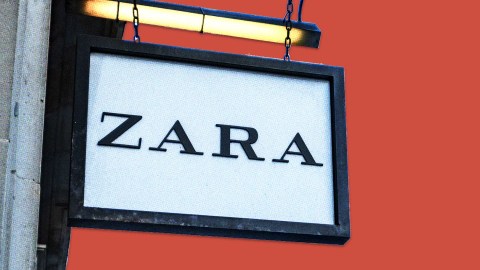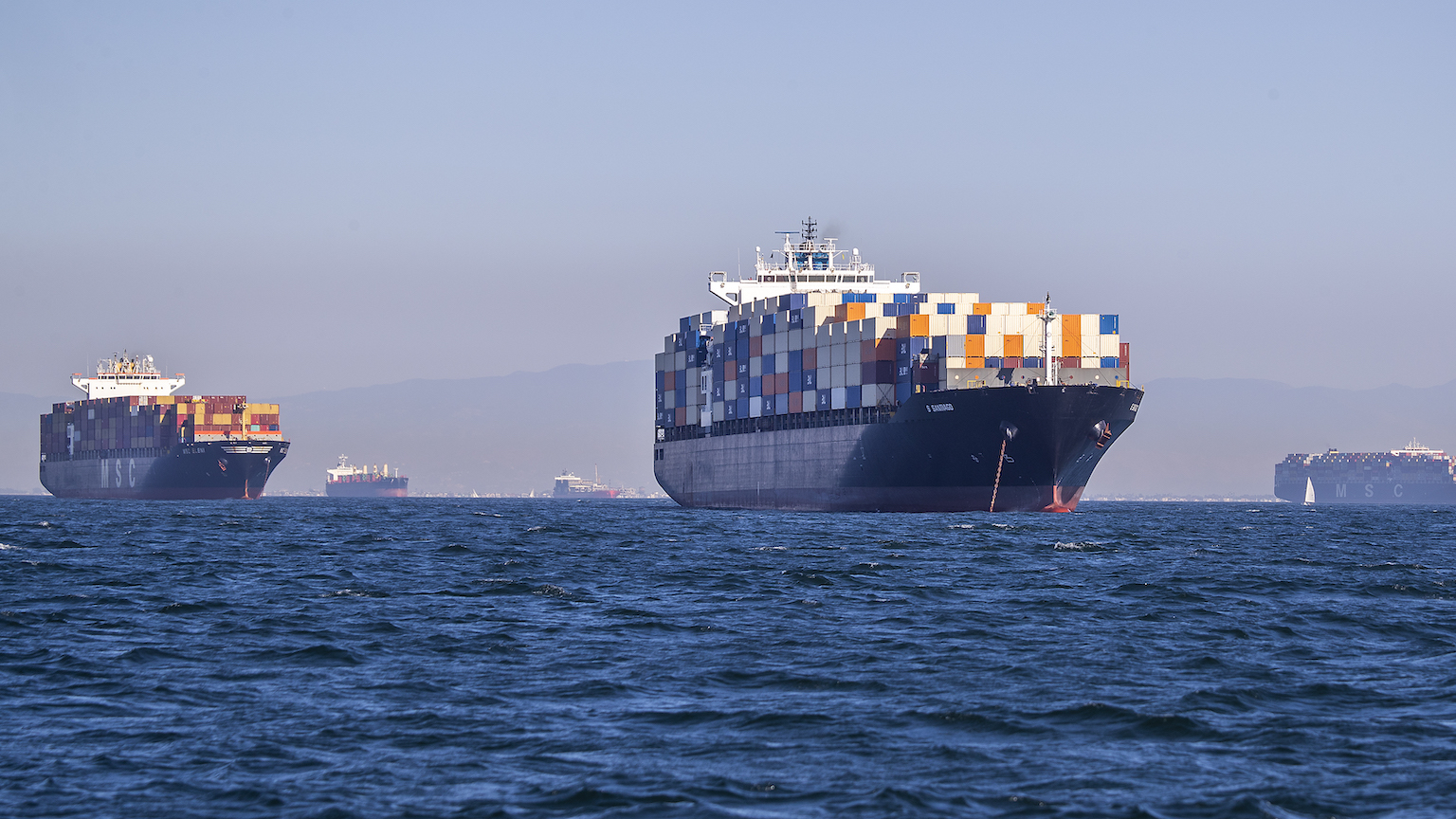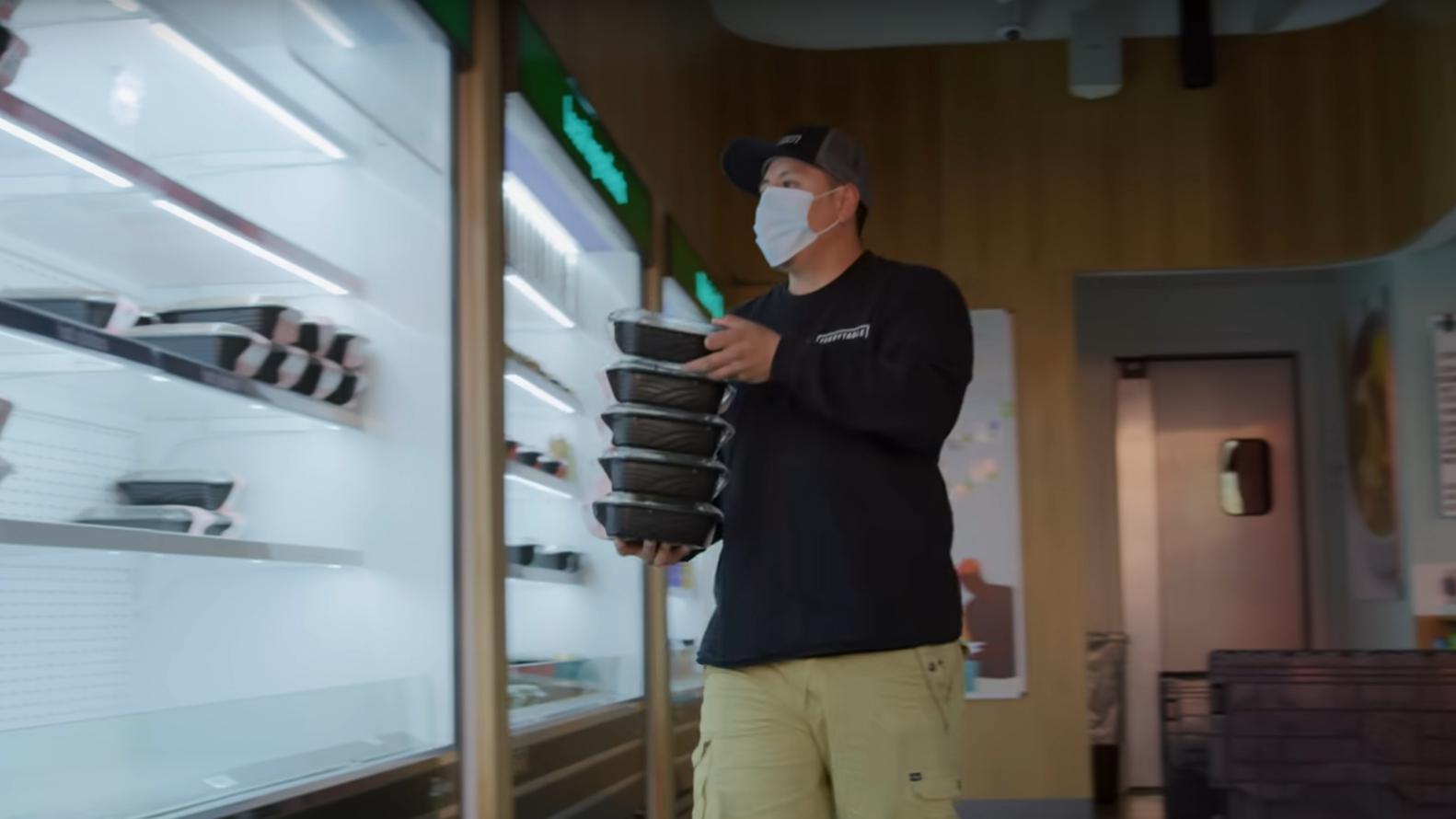Nearshoring helped Zara double its profits in 2021. Here’s how.

- The supply chain nightmares of recent years have a lot of businesses rethinking their approach to manufacturing. Nearshoring is proving to be a sustainable solution.
- Zara is a great example of a company that’s already adopted nearshoring. The company has turned the traditional business model on its head.
- Here’s how the original fast-fashion brand bucked the trends of its industry and revolutionized its supply chain.
The COVID-19 pandemic has majorly disrupted offshore manufacturing. Overseas factory closures, a shortage of shipping containers, and labor shortages all came together to create the perfect storm. Now, more than two years into the pandemic, we’re still feeling the effects. As of July, it took an average of 100 days for companies to receive production materials — an all-time high, according to the Institute for Supply Management.
A recent Bank of America survey found that over 80% of global sectors experienced supply chain disruptions during the pandemic. As a result, three-quarters of those organizations are now bringing some offshore operations back home. A method called nearshoring could be the way of the future. It brings manufacturing — and the supply chain — closer to home. The fast-fashion brand Zara is a prime example of a company that has nearly perfected the model, using nearshoring to revolutionize the way it sells clothes. Here’s how.
How does nearshoring work?
Unlike offshoring, which typically outsources operations to the other side of the world, nearshoring directs business tasks to a nearby country. This has several benefits:
- Nearshoring unlocks a local supply chain. A closer destination tends to reduce shipping costs. For example, it’s almost always cheaper — and faster — to ship goods to the U.S. from Mexico versus China or Vietnam. Speed is another key factor. Nearshoring provides a much faster way to receive goods, making it ideal for companies that have been impacted by shipping delays.
- It puts the company and its manufacturing hub on a similar time zone. This can eliminate lag time in communication.
- It makes collaboration easier. Companies may be more likely to hold in-person meetings and site visits if they’re established in a neighboring country. This allows for a more hands-on management approach.
These advantages beg one obvious question: If it’s cheaper and faster, why don’t companies use nearshoring all the time? Lower shipping costs are certainly enticing, but countries like Vietnam, India and China boast the cheapest manufacturing costs, and raw materials can also be cheaper overseas. In the short term, moving operations to a nearby country and establishing a new team there comes with costs of its own. Businesses also need to be sure the local economy can handle the workload. These are all factors that companies must weigh for themselves.
But it doesn’t have to be all or nothing. Zara, for example, does some of its manufacturing in nearby countries but relies on offshoring too. This could be part of the reason why it continues to thrive despite global supply chain problems.
How Zara operates outside the box
It has access to a local supply chain
Zara has leveraged nearshoring to give it a leg up on its competition. By leaning on a local supply chain, the popular clothing company is able to replenish inventory quickly. This allows it to respond to fashion trends and consumer interests in a more on-demand way. Zara manufactures retail clothing and gets it in stores within just two weeks. It unveils new products every week and releases 24 new clothing collections per year, according to McKinsey & Company. Meanwhile, H&M offers only 12 to 16 annual collections.
It keeps inventory lean
Inditex, the fast-fashion group that owns Zara, has a reputation for keeping its inventory lean. Its brands also use low-volume orders to update their collections more frequently. This approach helps avoid waste and creates a sense of scarcity, which drives up consumer demand. Inditex is making some proactive moves in the face of supply chain clogs, as well. The company’s chief financial officer recently said it will be accelerating its inflow of inventory to keep product availability intact. So far, Zara seems to be rolling with current supply chain issues.
Zara relies on a customer-centric marketing model
Instead of manufacturing and selling generic products to the masses, Zara’s inventory is tailored to its customers’ needs and behaviors. The brand relies heavily on consumer data and analytics to shape its supply chain. According to Harvard Business School, Inditex tracks items in real time to see what’s selling, then responds accordingly. New inventory is directly influenced by customer demand.
What’s more, Zara’s overall marketing strategy is uniquely customer-focused. While traditional retailers prioritize the 4 “Ps” of marketing (product, price, promotion, place), Zara reshuffles things and sticks to this rank:
- The customer experience
- Value
- Brand loyalty
- Easy access to products
Zara is clearly doing something right, and nearshoring is playing a big part. This model has allowed the brand to surpass its competitors. During the first two quarters of 2022, Inditex reported a net profit of $812 million; an 80% year-over-year jump. Time will tell if more companies embrace nearshoring as supply chain bottlenecks continue.




